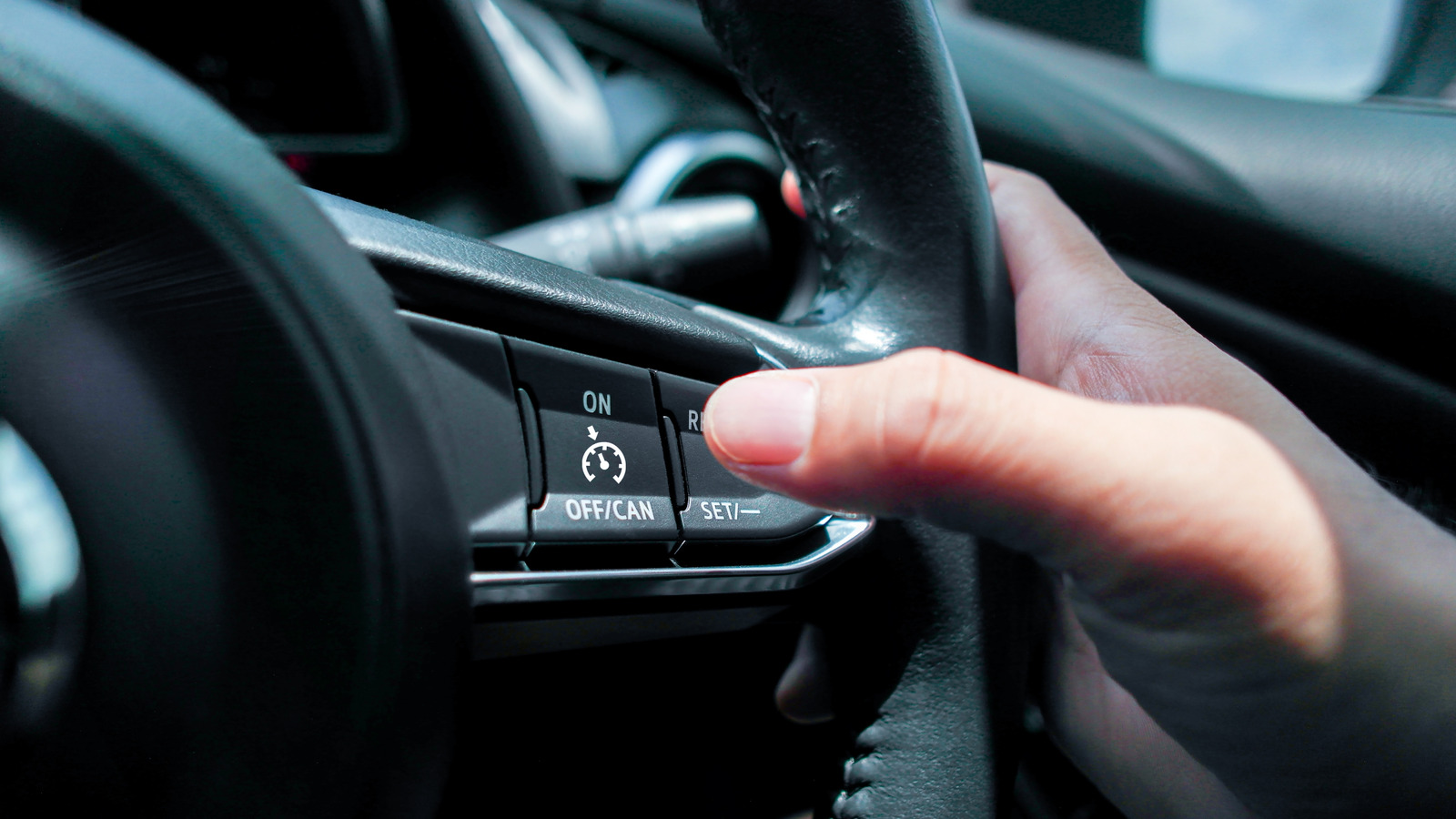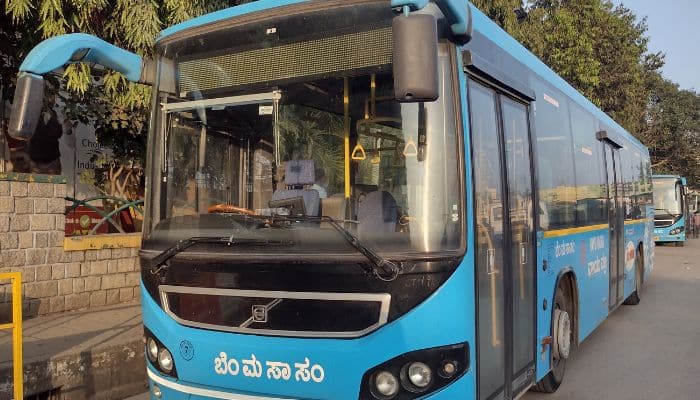Throughout the 20th century in particular, human transportation evolved in numerous major ways — both on the ground and miles above it. Cars became the norm, prompting the designation of roads and highways just about everywhere, and airplanes came to the forefront to move people and goods across vast distances. Innovation has made these forms of travel all the more effective.
There are numerous passenger jets with incredibly long ranges and impressively fuel-efficient and even electric cars around every corner. It's to the point that, to some extent, these machines can handle a lot of the work for us. While entirely self-flying planes and autonomous automobiles, which have specifically hit a troubling plateau , are a long way off from being standard, strides toward this technology have become such.
Both airplane pilots and car drivers alike have been able to relax their responsibilities just a bit when operating their machine of choice. In recent decades, airplanes have become increasingly automated, with the now-commonplace autopilot function dating back to 1912. Meanwhile on the car front, even though it was technically introduced back in the late 1940s, cruise control has only become a regular site in recent history.
These are often regarded as similar mechanisms, but beneath the surface, autopilot and cruise control are quite different and work in different ways. As mentioned, the earliest form of autopilot originated well over a century ago, courtesy of Lawrence Sperry.


















